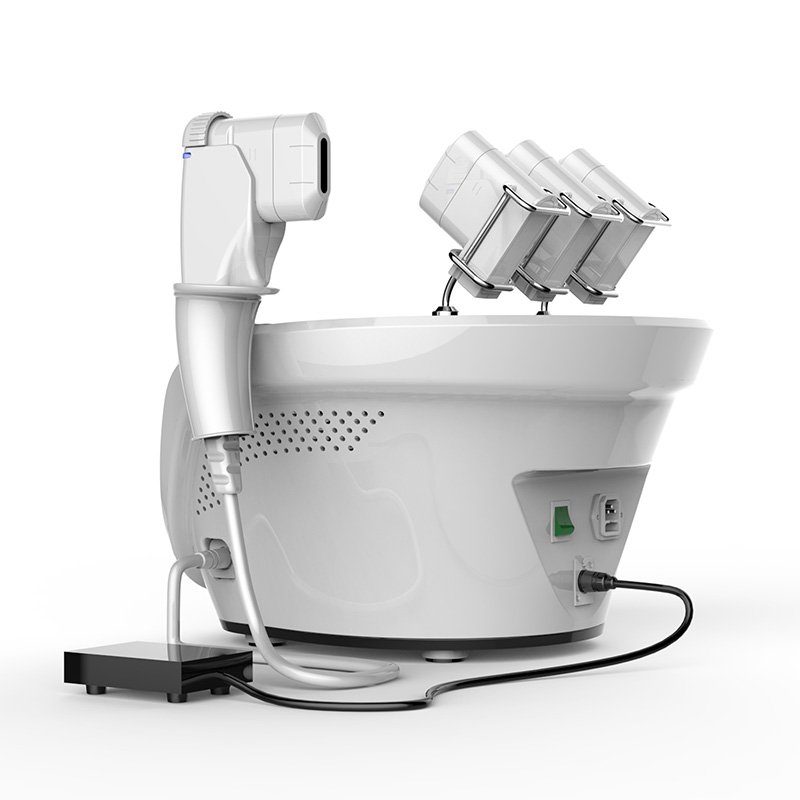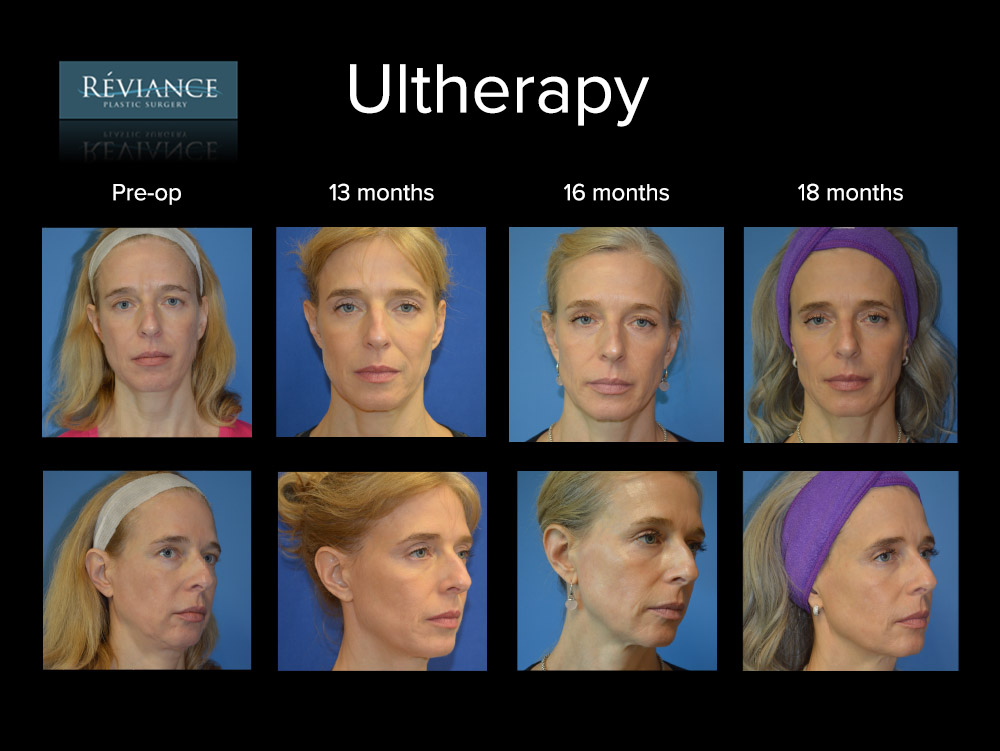

As the target moves away from the sensor, the area that the sensor can read grows larger. The “beam” of an ultrasonic sensor reaches out in much the same way a flashlight does. In an ideal world, the sensor is mounted in such a way that no object but the desired target ever returns an echo to the sensor.

The biggest challenge to using ultrasonic technology in a lift station is false measurements. Therefore, installing & maintaining an ultrasonic is quite a bit cleaner, in more ways than one. Ultrasonic sensors avoid these problems because of their non-contact approach. As we discussed in the previous post about submersible pressure sensors, anything that comes into contact with wastewater must be durable enough to handle the turbulence & debris. They are a popular choice for lift stations primarily because of their non-contact approach to measurement. Today’s ultrasonic sensors are more accurate than ever before. When the sound waves bounce off the target object & return to the sensor, the sensor is able to calculate the distance to the object based on the time it takes for the pulse of sound to be sent & received. They function by sending pulses of high frequency sound waves. Ultrasonic sensors are another common pick for continuous level measurement in lift stations. As a reminder, continuous level measurement provides large economic benefits in energy savings when using pumps with variable speed motors.
Ultrasound ilift series#
I have a another friend with a rhematologic illness affecting his arms/legs but because he is 67 its like people treat him like thats to be expected with age when its autoimmune and there are treatments for it albeit risky ones.In the last blog post in our series on sensors in lift stations, we discussed the benefits and challenges of using a submersible pressure transducer for continuous level measurement. Things often get chalked up to older age when they are finding out that Alheimers is autoimmune neuro driven (autoantibodies at play)and same with Schizophrenia. Ps Been seeing closed loved ones that are say older than 60 experience ageism in dealing with medical community. Along with my neuro/endocrine autoimmune illness i tested pos for small fiber neuropathy (ankle and hip biopsy) and that causes bladder issues as well as bowel and vaginal, autonomic, etc Most autoimmune sufferers are women. We are also prone to constant yeast infections, bacterial vaginosis and utis AND in my case with all the autoimmunity or due to hypoestrogenism I also had desquamative vaginitis requiring clyndamycin inserts on consecutive days (a antibiotic that is being used for antiinflamatory properties) which did relieve itĪs an aside wonder if you have other health issues.

Sorry for what you are going through! I can relate to the pain inside when my hormones go very low and I do know bladder urgency is a major symptom in atrophy.this is bc whole area including urethra apparently atrophies from what I understand and the tissues become friable. my gyn said uktrasound is still bed kind of inaging for gyn stuff. Did you have your hormones tested (i presume you are post menopausal?) and also do you have pain upside aside from bladder urgency? were you tested for infections and sexually transmitted stuff if that's applicable? Glad you got pap and ultrasound. With the initial atrophy in inner labia shrunk severely/some melding in to vulva in one days time and I lost subcutaneous fatty tissue from inside my vaginal canal that basically functionally shortened the vaginal canal feeling by an inch.periodically I have also had brown discharge in between times when my menses stops.īack to your story It sounds to me like you need it looked at again where its happening when would be important to know if the blood is coming from your uterus through the cervix or is it coming from some kind of injury or breakdown of the tissues and ofcourse not a mass). I hope to find underlying cancer that my body is trying to kill and that my body is instead attacking my nervous system affecting endocrine/pituitary.(autoimmune). I went through rapid atrophy when my hormones dropped-estradiol from what we now know is my normal range of high 200's down to 30! My hpa axis/pituitary hormones keep coming back on line after months of ivig blood infusions and then tissues improve and gi and bladder function but then when I relapse I re-lose the hormones ans menses and have to keep going back on hormones. I got it real early (38!) from sudden shut off of my hormones from an autoimmune autonomic neuropathy supposedly caused by an unfound cancer.my case is rare and not fully figured out.


 0 kommentar(er)
0 kommentar(er)
